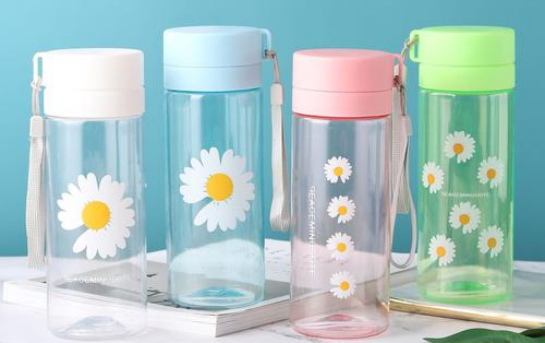
Plastic cups are a widely used disposable container that can be seen in various occasions. Although plastic cups are easy to use, their quality is a highly concerned topic. To ensure the quality of plastic cups, we need to conduct a comprehensive inspection. Here are some introductions to the quality inspection items for plastic cups.
1、 Sensory requirements
Sensory requirements are the first step in quality inspection of plastic cups. Sensory requirements include the smoothness, color uniformity, printing clarity, cup shape, and sealing of the outer surface of the cup. Although these factors may seem simple, they are actually very important. For example, the smoothness of the outer surface of a cup can affect its cleaning difficulty and appearance quality, while the sealing of the cup affects its practicality during use.
2、 Total migration volume
The total migration amount refers to the amount of chemicals in plastic products that may migrate into food when in contact with it. This migration amount is an important indicator for evaluating the quality of plastic cups. If the migration volume is too large, it may have an impact on human health. Therefore, in the quality inspection of plastic cups, the total migration amount is a very important testing item.
3、 Potassium permanganate consumption
The consumption of potassium permanganate refers to the amount of reaction between a plastic cup and potassium permanganate under specific conditions. This indicator can reflect the possibility of organic matter decomposition in plastic cups. If the consumption of potassium permanganate is too high, it means that the hygiene performance of plastic cups is poor, which may affect the quality and hygiene of food.
4、 Heavy metals
Heavy metals refer to metal elements with a density greater than 4.5g/cm3. In the quality inspection of plastic cups, heavy metals need to be tested to ensure that they do not have an impact on human health. If the heavy metal content in plastic cups is too high, it may be absorbed by the human body, posing a health hazard.
5、 Decolorization test
The decolorization test is a method of testing the color stability of plastic cups under different conditions. This experiment involves exposing the cup to various conditions and observing its color changes. If the color of the cup changes significantly, it means that its color stability is not good, which may affect the beauty of the cup.

6、 Other testing items
In addition to the above testing items, there are also some other testing items, such as the specific migration total of phthalic plasticizers, the specific migration total of caprolactam, the specific migration total of polyethylene, the specific migration total of terephthalic acid, the specific migration total of ethylene glycol, and the specific migration total of antimony. These testing items can help us gain a more comprehensive understanding of the chemical substances in plastic cups, thereby better safeguarding human health and environmental safety.
Plastic cups have become a popular choice for many people, especially students and office workers, due to their lightweight and durability. However, choosing a suitable plastic cup also requires skills. Here are some methods for selecting plastic cups for reference:
Material: The material of the plastic cup is very important. It is not recommended to choose plastic cups made of PC material because they are prone to releasing bisphenol A, which is harmful to health. Plastic cups made of materials such as Tritan, PP, PCT, etc. can be considered.
Hardness: The hardness of plastic cups can be felt by hand. If the plastic cup feels soft and the thickness is not enough, then do not choose it. Better plastic cups are made of thicker materials, which feel thicker when pinched by hand.
Odor: Before purchasing a plastic cup, you can smell the smell of the plastic cup first. If the plastic cup has a pungent odor, then don't buy it.
Appearance: When choosing a plastic cup, it is important to pay attention to its appearance. Firstly, check the color of the plastic cup. Do not buy brightly colored plastic cups. Secondly, observe whether there are impurities in the plastic cup. Thirdly, check whether the plastic cup is smooth.
Brand: When purchasing plastic cups, it is best to choose manufacturers with good brand reputation for guaranteed quality.
Finally, I would like to remind everyone that no matter what type of plastic cup they choose, they need to pay attention to the usage method to avoid health problems caused by improper use. For example, do not store acidic or oily foods for a long time.
Post time: Aug-07-2024





